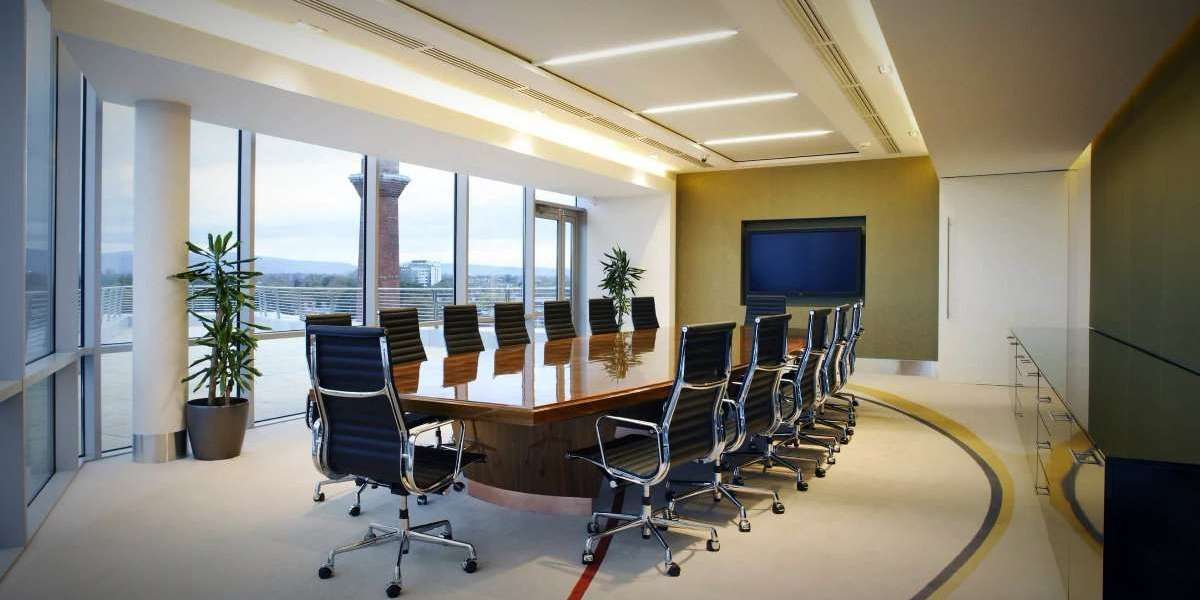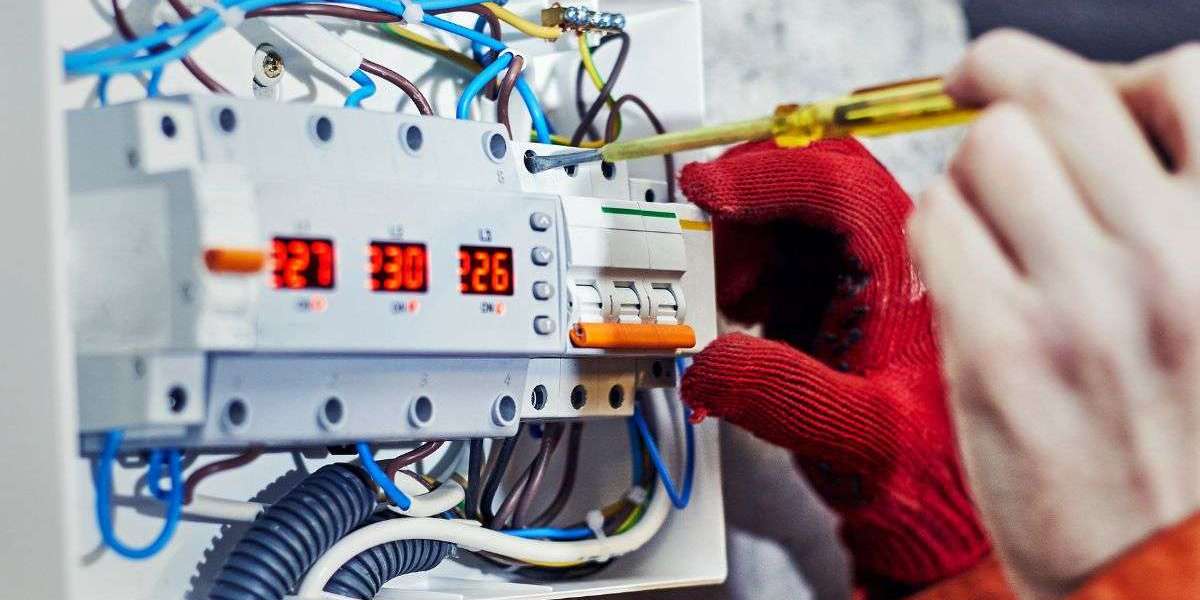Conference Room soundproofing solution is playing a huge role in the modern workplace, conference rooms serve as crucial hubs for collaboration, brainstorming sessions, presentations, and meetings. However, these spaces often suffer from one major drawback: poor acoustics. The echoes, outside noises and lack of privacy can disrupt productivity and hinder effective communication. To mitigate these issues, soundproofing systems have become essential for conference rooms. This article aims to explore the best options available for Conference Room soundproofing solution, addressing common problems, considerations and installation methods.
Understanding the Importance of Soundproofing in Conference Rooms:
Conference rooms are designed to facilitate discussions, decision-making, and knowledge sharing. However, without proper soundproofing, these spaces can be prone to various acoustic challenges, including:
Echoes: Empty conference rooms with hard surfaces such as glass walls, tiled floors, and bare walls can produce echoes, causing speech intelligibility issues and distractions during meetings.
External Noise Intrusion: Conference rooms located near busy streets, elevators, or communal areas are susceptible to external noise infiltration, disrupting concentration and confidentiality.
Privacy Concerns: Confidential discussions in conference rooms may be overheard by neighboring offices or passersby, compromising sensitive information.
Reverberation: Excessive reverberation due to reflective surfaces can prolong sound decay, leading to a muddled auditory environment and difficulty in understanding speech.
Common Issues Faced in Conference Rooms:
Before delving into soundproofing solutions, it's essential to identify the specific challenges faced in conference rooms:
Poor Speech Intelligibility: Echoes and reverberations make it challenging for participants to understand spoken words clearly, leading to misunderstandings and repetition.
Distractions: External noises such as traffic, HVAC systems, or conversations from adjacent rooms can disrupt meetings, affecting concentration and productivity.
Confidentiality Concerns: Lack of privacy due to thin walls or inadequate sound insulation may compromise the confidentiality of sensitive discussions, potentially leading to information leaks.
Feedback Issues: In rooms equipped with audio-visual equipment, feedback loops caused by sound reflections can distort audio quality and impede effective communication.







